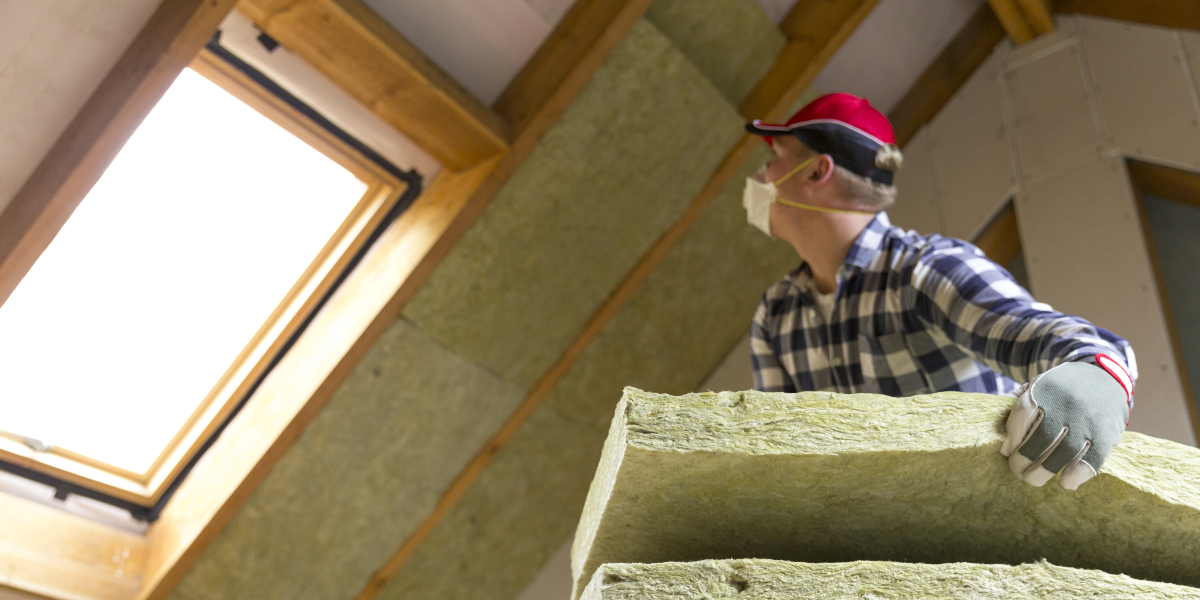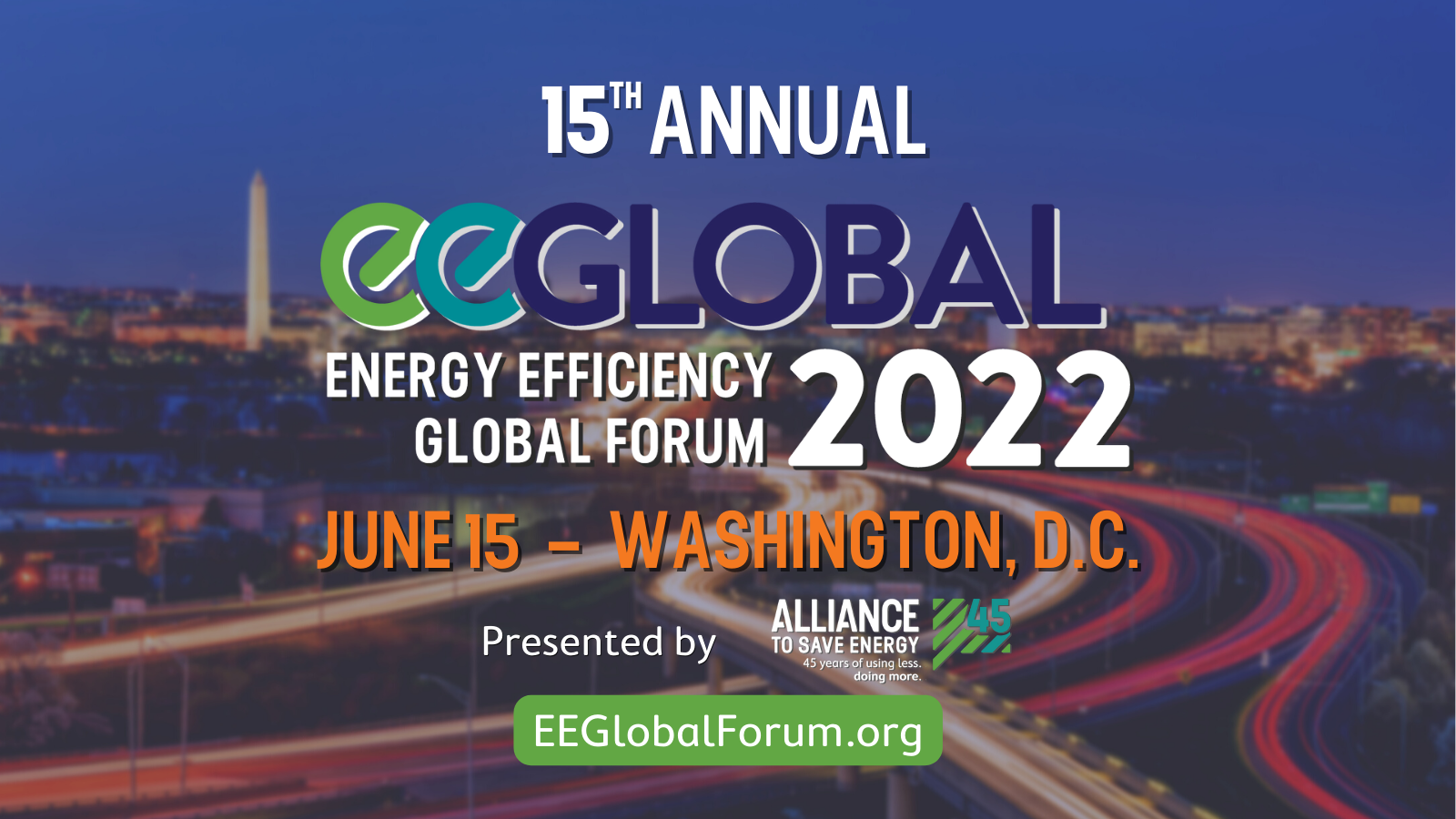21 Wins for Energy Efficiency in 2021
Let's Save Energy
Alliance to Save Energy's Blog
21 Wins for Energy Efficiency in 2021

2021 has been a year of high highs and low lows, and unfortunately, the lows seem to be dominating the news cycle in the year’s waning days – making it difficult to remember the many reasons for celebration throughout 2021. But 2021’s achievements toward the clean energy transition aren’t just silver linings or glasses half full. They are historic successes in their own right. Let’s take a look at a non-comprehensive list of 21 wins for energy efficiency over the past year.
WHITE HOUSE
1. Paris Agreement. Fresh out of his swearing in ceremony, President Joe Biden signed an executive order to have the U.S. rejoin the Paris Agreement, reaffirming our global commitment to combat climate change with tools including energy efficiency. Several months later on Earth Day 2021, Biden set a new “nationally determined contribution” to the Paris Agreement, with a goal of reducing U.S. carbon emissions 50-52% by 2030.
2. Appliance standards. Federal appliance standards are proven to be one of the most effective policy solutions for saving energy, yet the previous administration rolled back progress. Another inauguration day executive order ordered federal agencies to review rollbacks, and over the past year the Department of Energy has initiated rulemakings that better value how standards can help consumers save money and cut pollution.
3. Justice40. A week after taking office, the President Biden established the Justice40 initiative, which seeks to deliver 40% of the benefits of environmental investments to disadvantaged communities. One of the Alliance’s top priorities is closing the “efficiency gap” that makes it more difficult for disadvantaged communities to access efficiency solutions, and the Justice40 commitment – which permeates a number of executive actions and legislation on Capitol Hill – can help make universal access to efficiency the reality.
4. The State of Efficiency. Energy efficiency made an appearance in Biden’s first joint address to Congress, as he highlighted the opportunity to put America to work building energy-efficient buildings and homes.
5. Built environment investment. In May, the White House announced new investments in building energy efficiency, including developing the first-ever building performance standards for the federal government and doubling down on federal research on efficient building systems.
6. Active Efficiency in buildings. Over the past year, DOE advanced opportunities to enhance building efficiency with digital technologies, a core goal of the Alliance’s Active Efficiency Collaborative. The release of the Grid-Interactive Efficient Buildings roadmap in May moves the needle toward an Active Efficiency future with recommendations for deploying demand flexibility, two-way grid communication, and distributed energy resources in buildings.
7. Federal technology procurement. Just this month, Biden signed an executive order to catalyze clean energy industries, including acquiring only zero-emission vehicles for the federal fleet by 2035 and reaching a net-zero federal building portfolio by 2045.
CONGRESS
The passage of the Infrastructure Investment and Jobs Act in November marked the single largest public works investment in more than a generation. Through the package, a bipartisan consensus of lawmakers recognized that efficiency is integral to infrastructure. Efficiency wins in the package include:
8. Weatherization Assistance Program. The IIJA includes an additional $3.5 billion for WAP, which helps low-income families to make energy efficiency upgrades and cut their energy burdens.
9. Portman-Shaheen. For years, Alliance Honorary Chair Sen. Jeanne Shaheen (D-N.H.) and Vice-Chair Sen. Rob Portman (R-Ohio) have championed efficiency provisions in their bipartisan Energy Savings and Industrial Competitiveness Act. Many of these provisions saw a happy ending in the infrastructure package, including $225 million for states to improve implementation of modern building energy codes.
10. Universal broadband. Active Efficiency can’t be deployed equitably until broadband is universal. IIJA goes a long way toward that goal by investing $65 billion toward middle- and last-mile broadband connections.
11. 21st century power grid. Parts of our power grid are more than 100 years old, and the clean energy transition requires rapid upgrades to transmission and distribution infrastructure. The $65 billion in grid upgrades included in IIJA will further Active Efficiency solutions, such as by integrating DERs.
12. Efficient vehicles. IIJA invests in an efficient and electric transportation future aligned with the goals of the Alliance’s 50x50 Action Network, including $7.5 billion for building out electric vehicle charging infrastructure and $7.5 billion for zero-emission buses and ferries.
13. Port and airport efficiency. Ports and airports are core to a functioning economy, yet are also enormous carbon emitters. More than $5 billion for airport improvements and $3.5 billion for lowering emissions at ports in IIJA will help address this issue.
14. Public building retrofits. Provisions such as an extra $250 million for the AFFECT grant program (which helps federal facilities to improve energy and water efficiency) and $500 million for supporting efficiency improvements in K-12 schools will help to decarbonize the built environment and create healthier spaces for our communities.
Beyond the infrastructure bill, Congress laid the groundwork for more historic investments in efficiency in 2022:
15. Build Back Better Act. While the bill has hit a bump in the road, efficiency advocates negotiated tirelessly on critical efficiency policies in the Build Back Better Act, resulting in the House successfully passing updates to efficiency tax incentives, rebates for purchases of efficient equipment, and much more. We’re working hard (and are hopeful!) that these provisions will reach the President’s desk in early 2022.
16. Efficiency for small businesses. The Main Street Efficiency Act – groundbreaking legislation to make efficiency retrofits free or low-cost for small business owners – was introduced this Congress by Rep. Peter Welch (D-Vt.) and Sen. Catherine Cortez Masto (D-Nev.). The bill is set to move forward in 2022 with support from a diverse coalition of organizations.
INDUSTRY
17. Associates shine the way. Alliance Associates continued to trailblaze the path to a more efficient economy with their innovations, advocacy, and Environmental, Social, & Governance (ESG) commitments. From 10 Associates being awarded ENERGY STAR awards, to Southern California Edison and PSE&G snagging two of the Alliance’s own Star of Energy Efficiency awards, we couldn’t be prouder of our members.
18. Efficiency investment rises. The International Energy Agency found that energy efficiency investments rose by around 10% in 2021 to $300 billion. While that’s still behind the pace for reaching net-zero by 2050, it’s the largest investment in years and a step in the right direction.
19. Efficiency jobs still at the top. The efficiency sector was hit hard by COVID-19 job losses, but 2021 numbers show it is still by far the largest employer in the clean energy economy, with 2.1 million energy efficiency workers. Lawmakers could help the sector regain pre-pandemic growth levels with the right policies.
20. The year of the EV. The tides turned for EVs in 2021, with some of the world’s largest automakers pledging to speed up the transition. This includes a commitment from the nation’s “Big Three” automakers – Ford, GM, and Stellantis – to achieve 40-50% EV sales in the U.S. by 2030.
21. COP26 and the private sector. The private sector was out in force at COP26 in Glasgow this November, where, despite difficult negotiations, the Glasgow Climate Pact kept alive the goal of limiting global temperature rise to 1.5 degrees Celsius. Many Alliance Associates were in attendance to demonstrate their commitment to efficiency solutions.
The past year has challenged us, but – as the list above hopefully makes clear – also rewarded us. The start of 2022 is shaping up to be just as much of a rollercoaster ride, but we’ve got plenty of practice under our belts for whatever comes ahead, and we can’t wait to celebrate more wins in 2022.
RECENT BLOG POSTS
STAY EMPOWERED
Help the Alliance advocate for policies to use energy more efficiently – supporting job creation, reduced emissions, and lower costs. Contact your member of Congress.
Energy efficiency is smart, nonpartisan, and practical. So are we. Our strength comes from an unparalleled group of Alliance Associates working collaboratively under the Alliance umbrella to pave the way for energy efficiency gains.
The power of efficiency is in your hands. Supporting the Alliance means supporting a vision for using energy more productively to achieve economic growth, a cleaner environment, and greater energy security, affordability, and reliability.



